Photography is a wonderful storytelling tool—and birds, landscapes and the people who love them make wonderful subjects. For your enjoyment and information, here is a collection of the images used in our organization’s Case for Support, and the stories behind them…
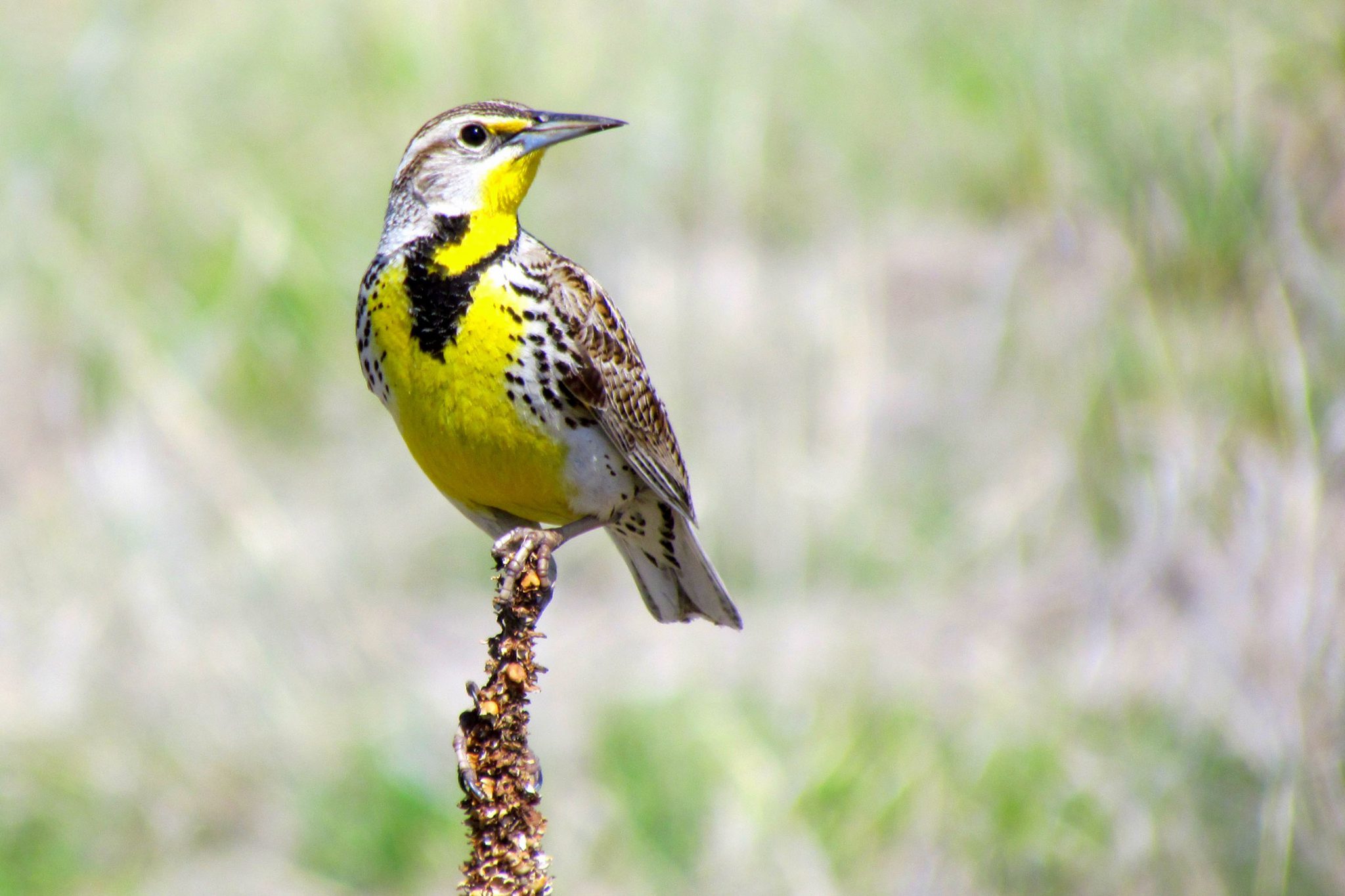
The buoyant, flutelike melody of the Western Meadowlark ringing out across a field can brighten anyone’s day. Meadowlarks are often more easily heard than seen, unless you spot a male singing from a fence post. Western Meadowlarks live in open grasslands, prairies, meadows, and some agricultural fields ranging from sea level to 10,000 feet. They avoid wooded edges and areas with heavy shrubs. Like many grassland birds that Bird Conservancy focuses on, Western Meadowlarks are numerous now but their populations are rapidly declining. Habitat enhancement, conservation and restoration on private lands is critical to ensuring this and other iconic species continue to grace the prairie landscape. Photo by Deanna Beutler. Song recording courtesy of Cornell Lab of Ornithology.
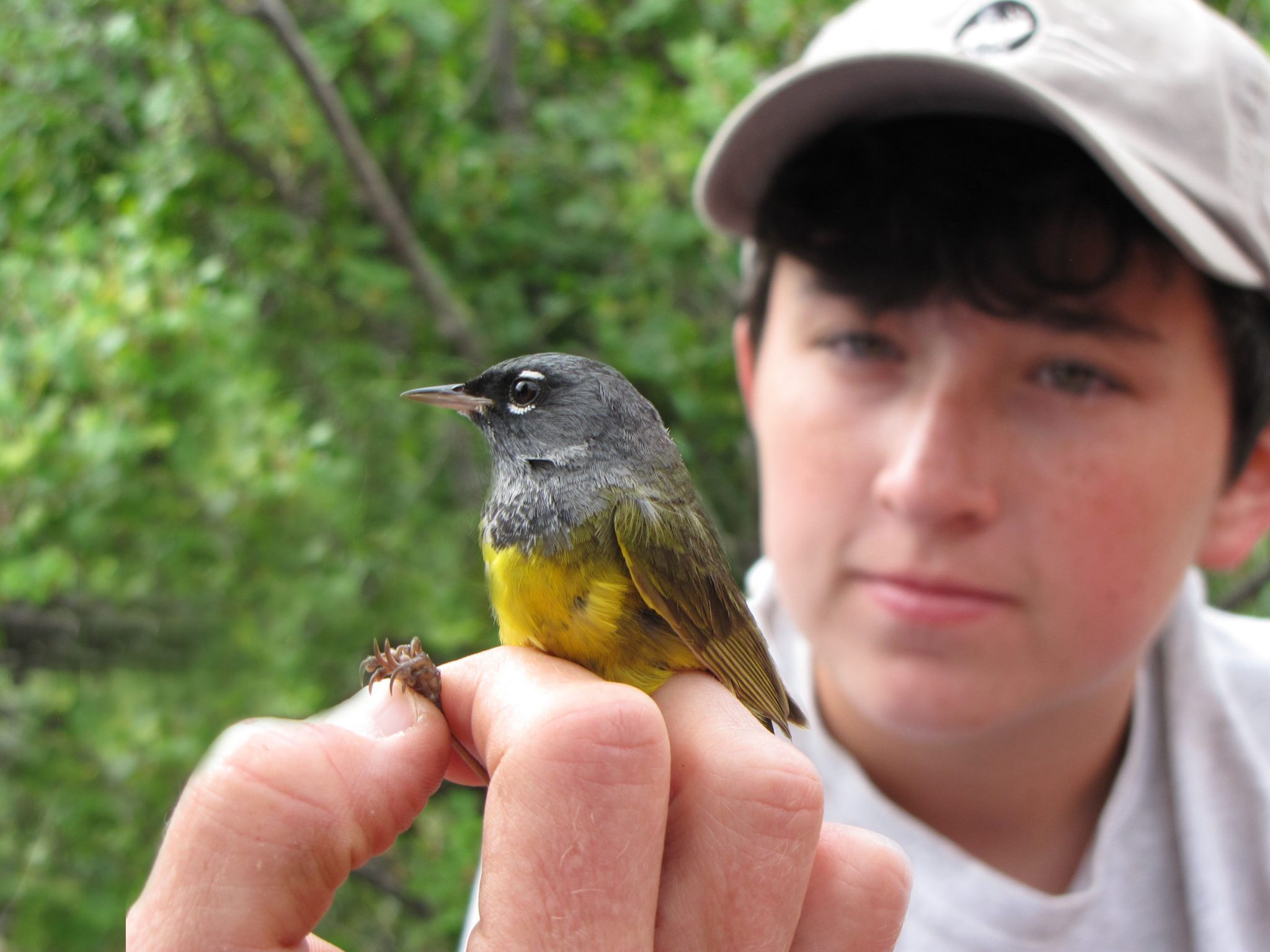
Within every young person is a champion for conservation, just waiting for a fire to light their interests and imagination. Our educational programs get kids outside to have fun and explore nature while making friends, developing leadership skills and gaining insights into their relationships with themselves, others and the world around them. Birds were the spark for Rachel Dunbar, who attended Bird Conservancy’s “Bird Camps” several years in a row. She even landed an internship at the Denver Museum of Nature and Science, the first high-schooler to be accepted into their internship program which is typically only available to college students. In this photo, Rachel gets a close-up look at a MacGillivray’s Warbler before it is released back into the wild. We believe it is moments like this that change lives and help create tomorrow’s champions for conservation. Photo by Tyler Edmondson.
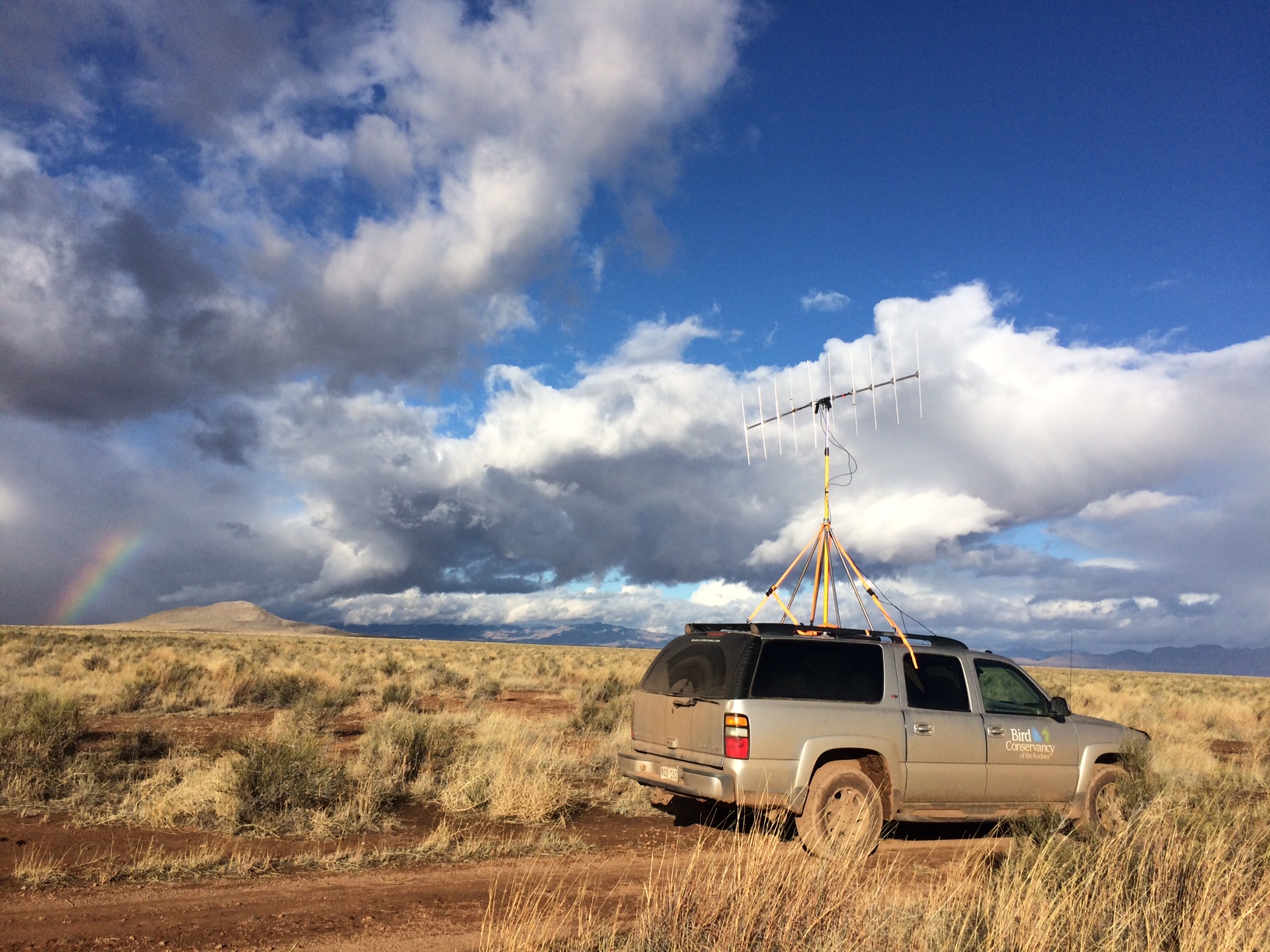
Mexico is particularly important for many western migratory birds as more species overwinter here than in any other country. Two-thirds of the Chihuahuan Desert lies in Mexico. Many Chihuahuan Desert grasslands have been destroyed or radically altered through conversion to cropland, inappropriate grazing, urbanization and invasive species. The ongoing loss of wintering habitat is likely a principal factor in population declines among species wintering here. Our Sustainable Grazing Network (SGN) currently includes 15 landowners on more than 250,000 acres, striving to improve rangeland health and restore grassland habitat. The photo above, taken by biologist Erin Strasser, shows one of our field vehicles with radio telemetry gear atop. This equipment pinpoints the location of nearby birds outfitted with radio transmitters, enabling us to learn more about their behavior and movement patterns on the wintering grounds.
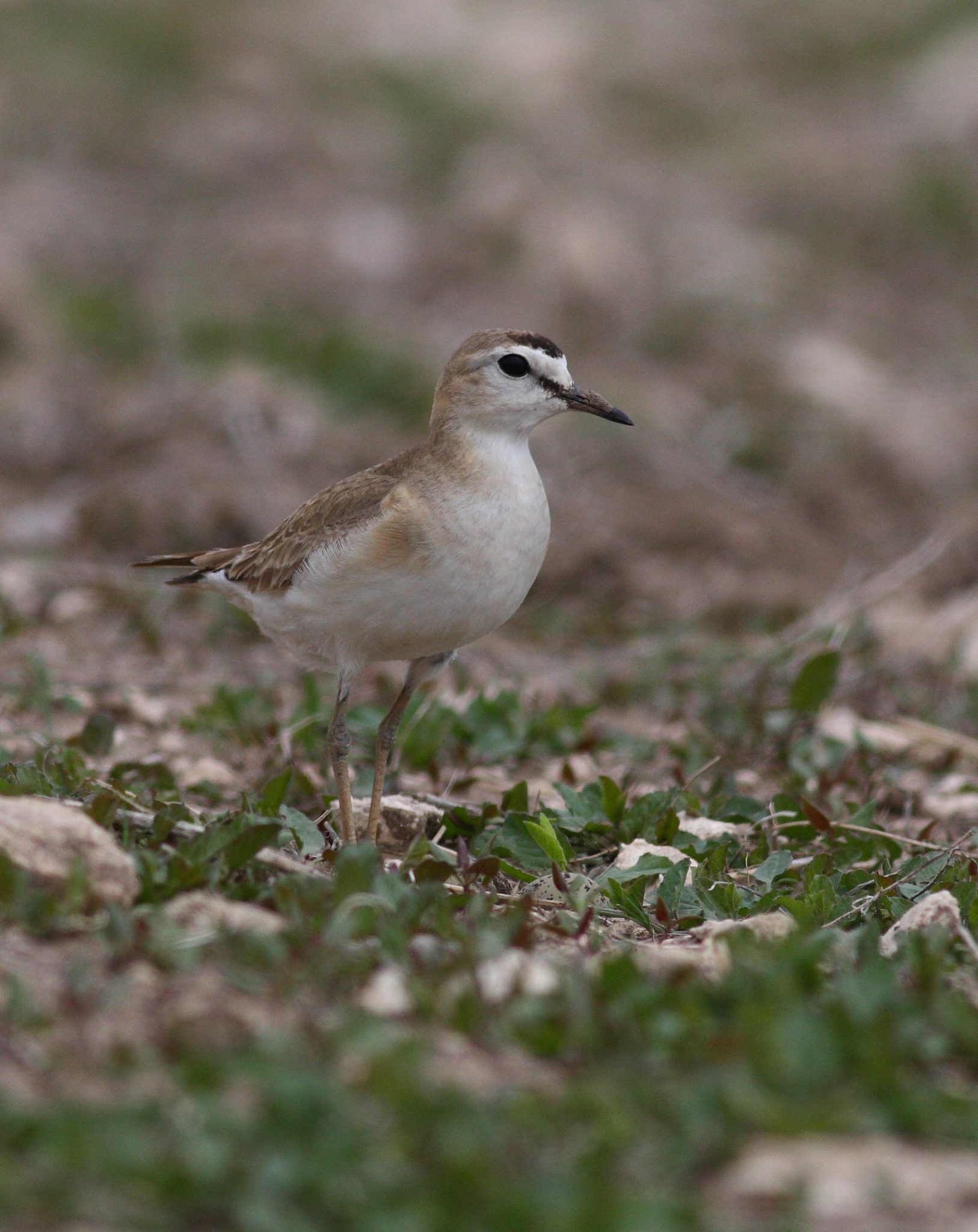
Mountain Plovers make their nests and fledge their young on flat, bare ground. Agricultural fields provide ideal habitat for them, as long as their nests are not accidentally tilled. To help farmers avoid inadvertently plowing over plover nests, Bird Conservancy of the Rockies coordinates a nest-marking program, working with farmers in western Nebraska to locate and mark Mountain Plover nests on their property. Our research shows a hatching rate of 83% for Mountain Plovers on marked nests, compared to a 22% hatching rate on unmarked nests on crop fields. Thousands of Mountain Plover chicks and their nests have been saved since the program’s inception in 2001. Our research on Mountain Plover continues as we study their winter ecology to learn more about where conservation actions are needed across this species’ full life cycle. Photo by Colin Woolley.
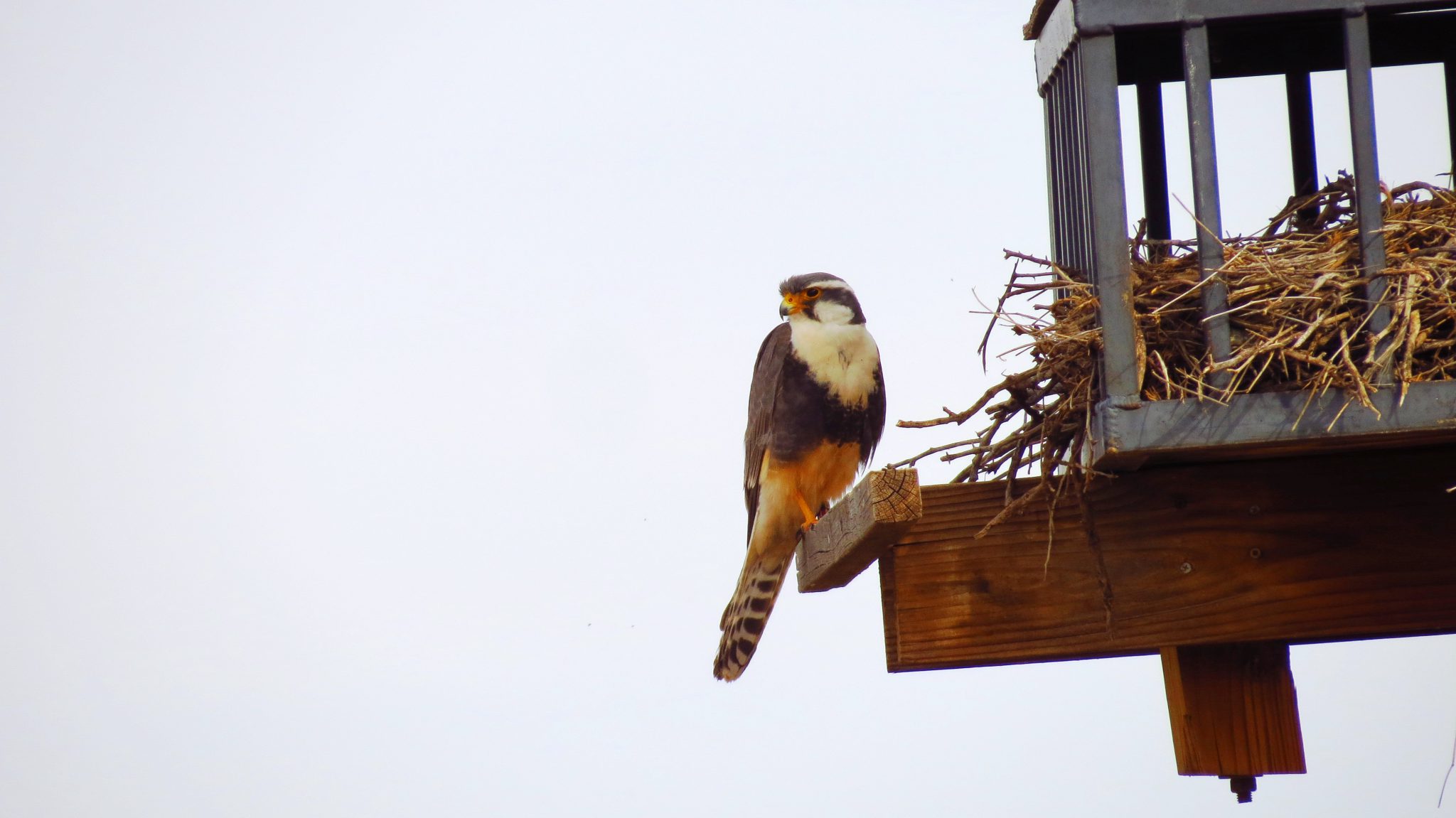
The Aplomado Falcon is, without a doubt, one of the most beautiful and fastest raptors of the Chihuahuan Desert, where the they hunt in grasslands with few shrubs and yuccas. Aplomado Falcons (Falco femoralis) once ranged across the northern reaches of the Chihuahuan Desert in Arizona, New Mexico and Texas, as well as in the Tamaulipan shrub-lands of coastal Texas. By the 1930’s, with agricultural expansion and degradation of grasslands as the suspected causes, the populations plummeted to critical levels. Today, Bird Conservancy and partners are working to save this species through habitat enhancement, nesting platforms, invasive species and shrub removal, and conservation of prey species. Photo by Manuel Ochoa Barraza.
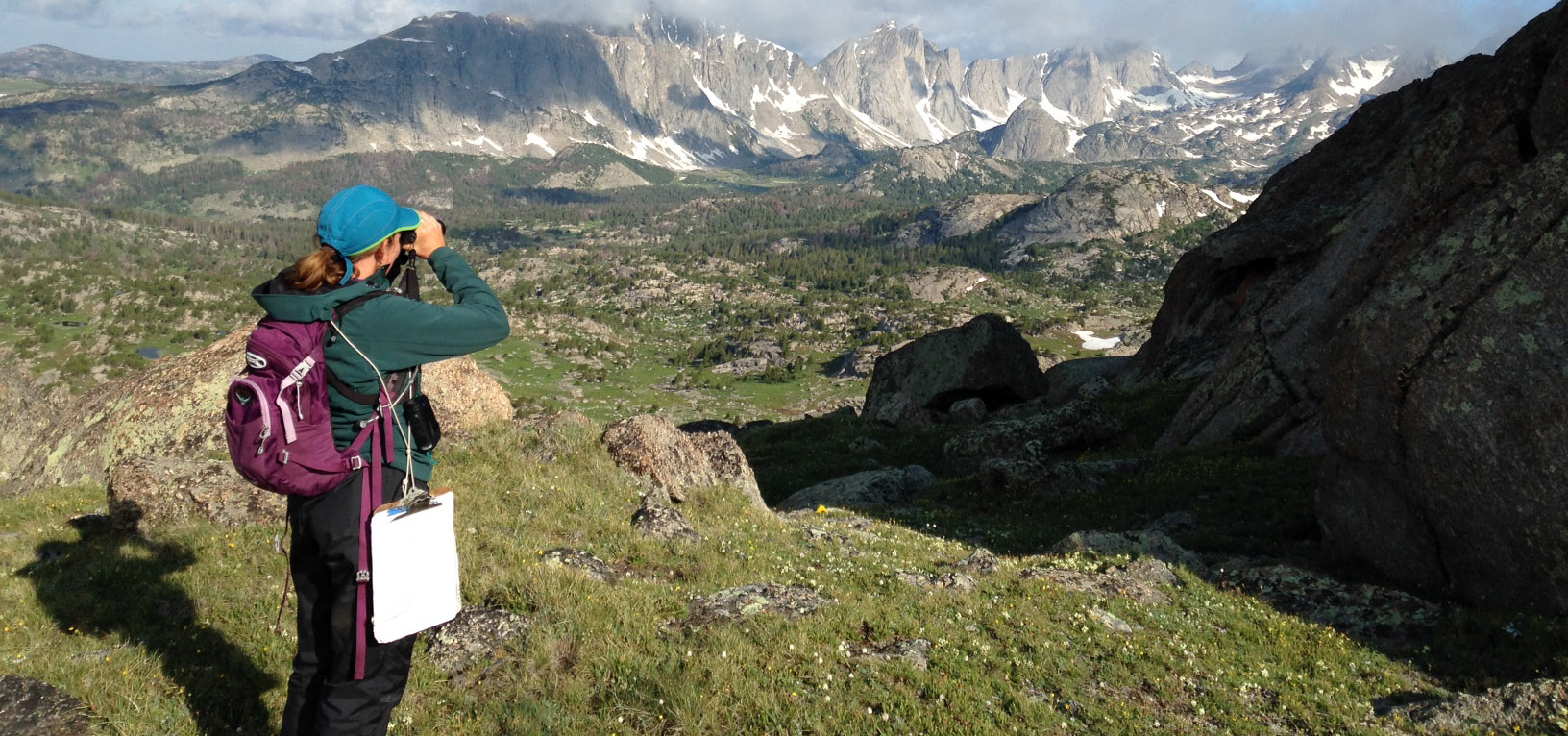
In order to know how bird populations are faring, we have to count them. Every year in late spring and summer, our field season crew traipses across mountains, prairies and deserts to survey birds under the Integrated Monitoring in Bird Conservation Regions (IMBCR) program. It is one of the largest and most rigorous bird monitoring programs in North America, involving a broad network of partners and spanning 15 states. Surveys occur on both public and private land, and are randomized to ensure a more accurate assessment of population estimates across large geographic areas. Data gathered through this monumental effort is shared with others through the Avian Data Center, and helps give a big picture view of bird and habitat conservation needs to guide action where it’s needed most. Photo by Nick Van Lanen.
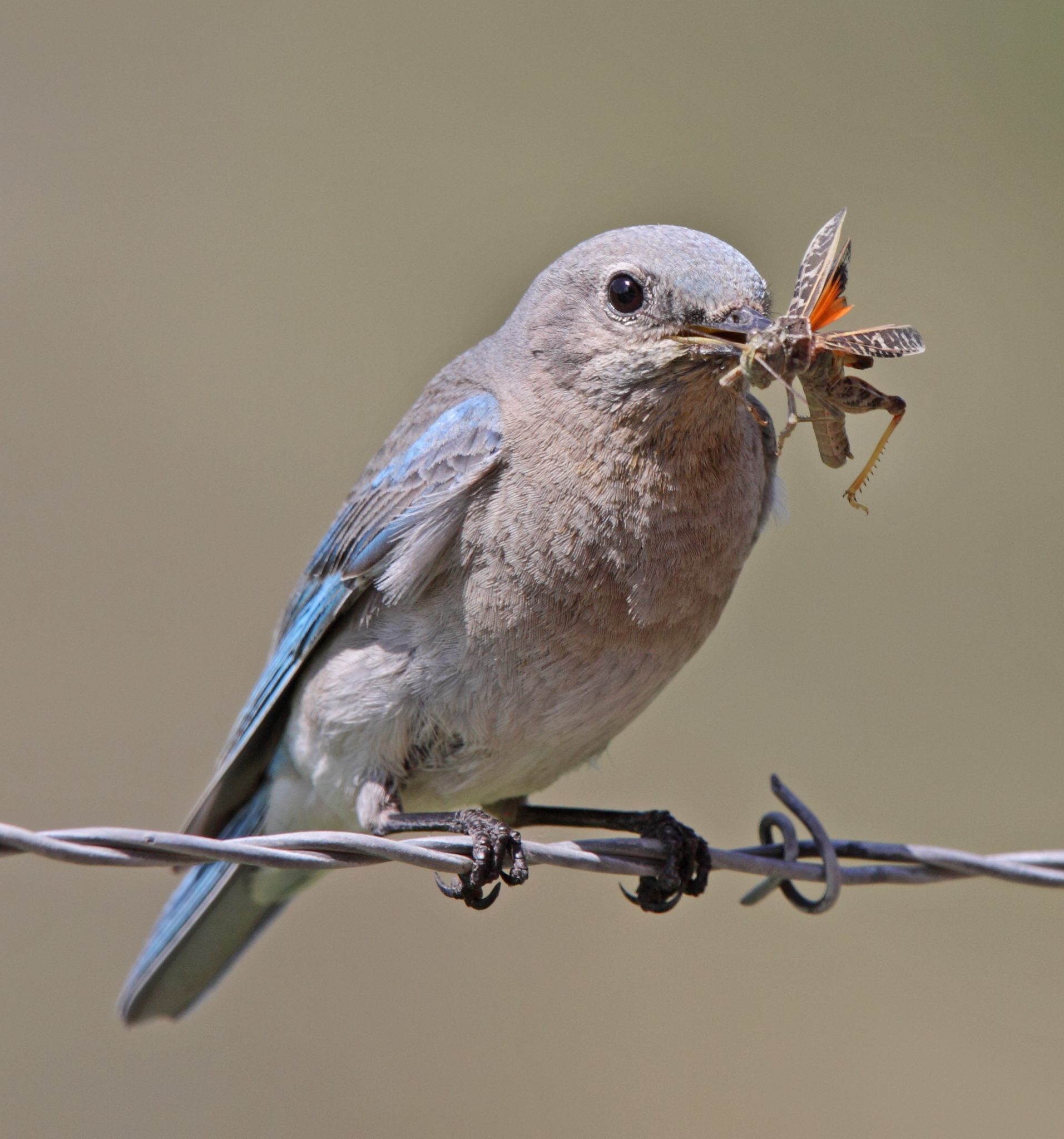
At Bird Conservancy of the Rockies, we believe the world needs birds. We’re not just saying that because of their beauty and song, or the way they inspire and heal our souls—although those things are true! We also recognize the tangible, real-world value that birds offer. They play a unique and crucial role in the way our ecosystems function, telling us about the health of our landscapes. Some birds eat pests that plague food crops, as well as insects that transmit disease. Several years ago, 5th grader Noah Spagnuolo’s aunt nearly died from viral meningitis, which is spread by mosquitoes. Knowing bluebirds eat mosquitoes, and that their populations were declining in Northern Colorado, Noah wanted to help. In 2015, Noah and Bird Conservancy launched the Larimer County Bluebird Project. Since then, dozens of volunteers have contributed their time to monitor bluebird nests, gather and record data, and build additional nestboxes in order to expand the program. Mountain Bluebird photo by Laure Neish.
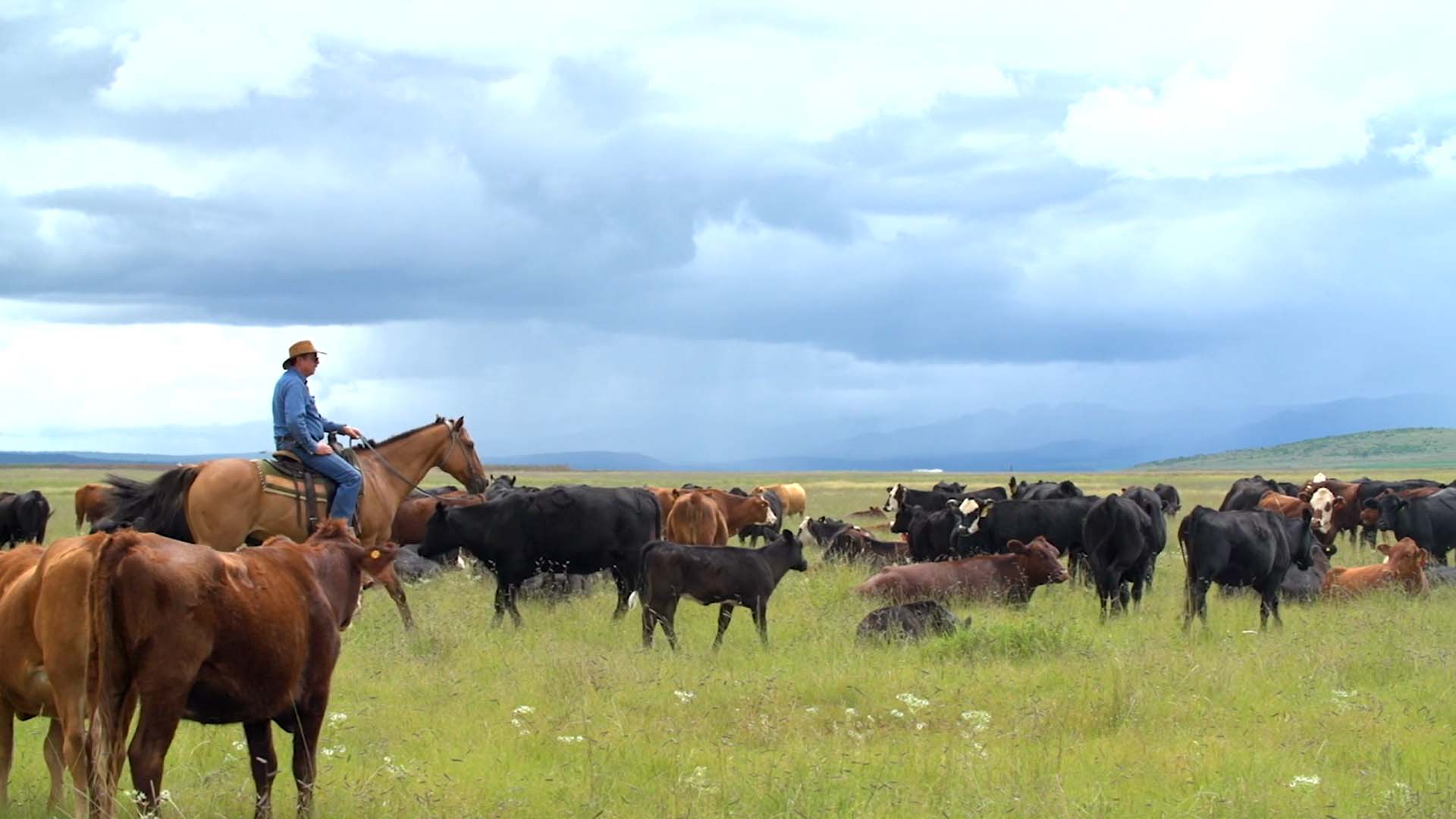
Private landowners and agricultural producers (i.e., farmers and ranchers) play a critical role in providing habitat for birds and other wildlife, as well as food and fiber for people. At Bird Conservancy of the Rockies, we believe healthy wildlife habitat and healthy human communities can more than just co-exist–they can thrive with proper management and stewardship. Our network of Private Lands Wildlife Biologists work alongside private landowners, land managers and resource professionals in local communities to build trust and foster proactive, voluntary conservation efforts. It’s a win-win for birds and people. A diversity of wildlife habitats are improved to contribute to populations of songbirds, grouse, waterbirds and other wildlife, while farms and ranches remain working lands that support families, communities and a rural way of life.
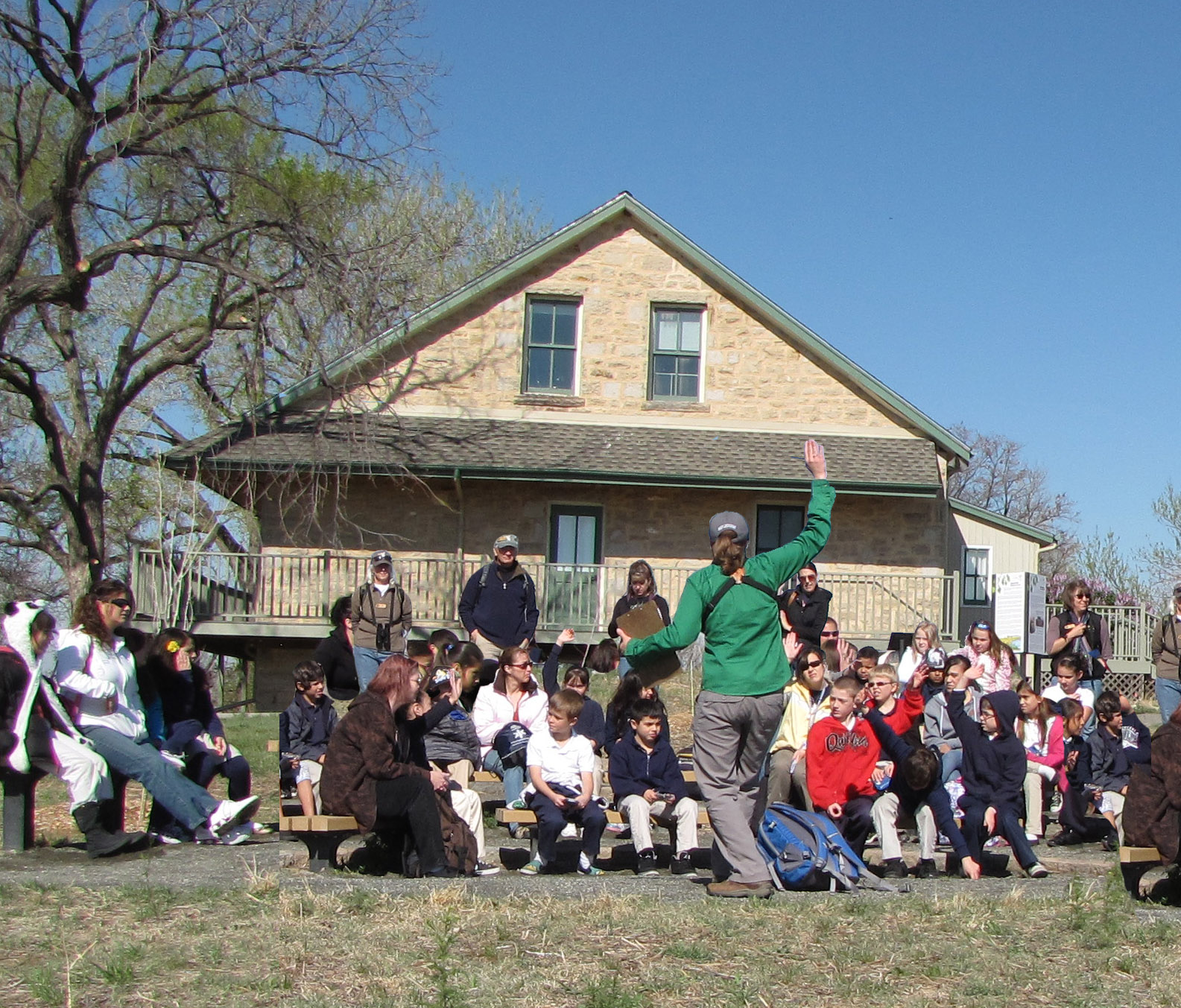
Bird Conservancy’s Environmental Learning Center, the ‘Old Stone House’, sits on the north side of Barr Lake. Nestled within diverse habitats, including native prairie, wetlands, the lake, wooded areas and croplands, Barr Lake State Park attracts migratory birds and local wildlife. More than 350 bird species have been recorded at the park, which lies within the Central Flyway, the migratory highway through the Great Plains that connects wintering habitat in Mexico and beyond with breeding habitat in the U.S. and Canada. Each year, thousands of children and adults visit our Environmental Learning Center to participate in our immersive, hands-on educational programs. Bird Conservancy has always called Barr Lake home, and it continues to be a perfect place to inspire others. Photo by Kacie Ehrenberger.

Bird Conservancy’s work radiates from the Rockies to the Great Plains, Mexico and beyond—from the mountains to the prairie. These beautiful, iconic western landscapes are home and haven for birds and people. With your support and involvement, we will strive to ensure these special places are healthy for generations to come. We invite you to join our flock and be a part of that effort today!

